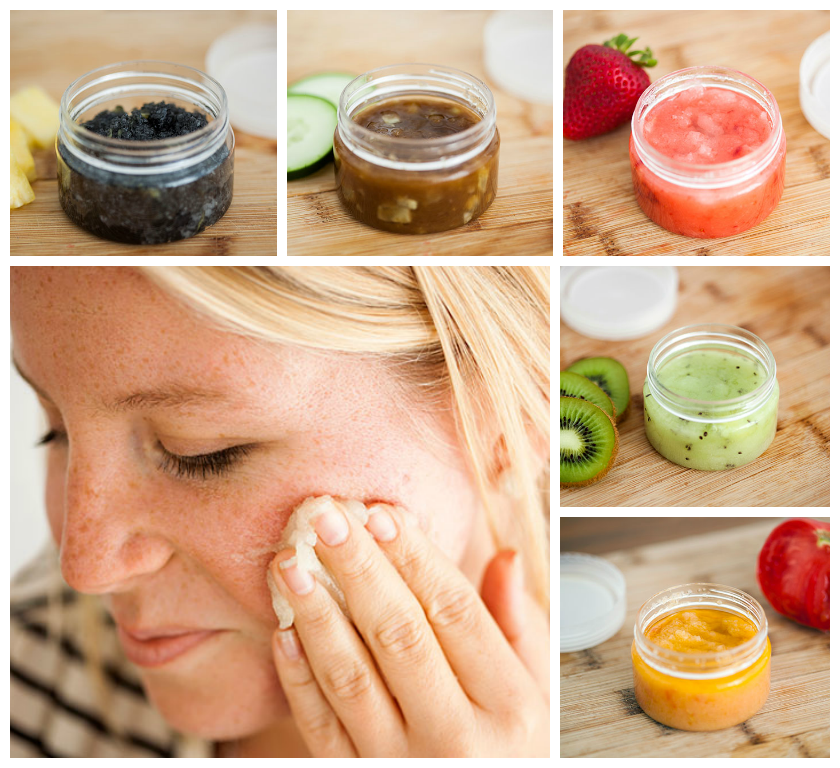 Cracked heels are a very common problem and can range in severity from a cosmetic issue to a painful problem. Taking proper precautions right away can prevent cracks from getting deeper and causing bleeding and pain. Some of the causes of cracked heels are dry air, lack of moisture, improper foot care, an unhealthy diet and wearing the wrong types of shoes.
Cracked heels are a very common problem and can range in severity from a cosmetic issue to a painful problem. Taking proper precautions right away can prevent cracks from getting deeper and causing bleeding and pain. Some of the causes of cracked heels are dry air, lack of moisture, improper foot care, an unhealthy diet and wearing the wrong types of shoes.
There are several home remedies for cracked heels that you can try to resolve the problem. Here are the top 10 remedies for cracked heels.
1. Vegetable Oil
A variety of vegetable oils can be used to treat and prevent cracked heels. Olive oil, sesame oil, coconut oil or any other hydrogenated vegetable oil will work. For best results, use this remedy before going to bed to allow ample time for the oil to fully penetrate your skin.
First scrub your feet with a pumice stone and wash them thoroughly. Apply the vegetable oil liberally on your heels and soles.
Put on a pair of clean socks and leave them on overnight while you sleep. In the morning, your heels will be noticeably softer.
Repeat this for a few days until the cracks in your heels are gone completely.
2. Rice Flour
Exfoliating the skin on your feet and heels will help remove dead skin from the dryness and cracking. Rice flour can be used as an homemade exfoliating scrub.
To make the scrub, mix a handful of ground rice with a few tablespoons of honey and apple cider vinegar. Stir it until it becomes a thick paste. If the cracking on your heels is extremely bad, add a tablespoon of olive oil or sweet almond oil.
Soak your feet in warm water for 10 minutes and then gently scrub them with the rice flour paste.
3. Indian Lilac
Indian lilac, also known as margosa leaves or neem, contains fungicidal properties that are very effective in treating cracked heels.
Crush a handful of Indian lilac leaves to make a fine paste and add three teaspoons of turmeric powder. Mix it well.
Apply the paste on the cracks and leave it on for half an hour.
Wash your feet with warm water and dry them with a clean cloth.
4. Lemon
The acidic property in lemons can be very effective in reducing rough skin that can lead to cracking.
Apply lemon juice directly on the rough skin. Alternatively, you can soak your feet for 10 to 15 minutes in warm water with lemon juice added to it. Avoid using very hot water, which can cause your feet to dry out more
Wash your feet using a pumice stone and soap, and pat your feet dry with a towel.
5. Rosewater and Glycerin
The combination of glycerin and rose water makes an effective home treatment for cracked heels. Glycerin softens the skin, which is why it is widely used in cosmetics. Rose water adds vitamins A, B3, C, D, and E as well as antibacterial and antiseptic properties. Just mix equal amounts of glycerin and rose water thoroughly and rub it on your heels and feet daily before going to bed at night.
6. Paraffin Wax
If the condition of the cracks on your heels is really bad and causing a lot of pain, a paraffin wax treatment can provide quick relief.
Mix paraffin wax with mustard oil or coconut oil and heat it until the wax melts thoroughly. Allow the mixture to come to room temperature before applying it on your feet.
For best results, apply the mixture before going to bed and wash it off in the morning.
7. Banana
Ripe bananas are one of the cheapest home remedies for cracked and dry heels.
Mash one ripe banana into a smooth paste. Clean your feet thoroughly and apply the banana paste on your feet.
Let it to sit for 10 to 15 minutes so that your skin can absorb the natural nourishment. Wash your feet gently with some warm water and then soak your feet in cold water for some time.
Do this daily for a few weeks to restore soft and smooth heels.
8. Honey
Honey has moisturizing and antibacterial properties, making it an excellent treatment for both dry and cracked heels.
Stir one cup of honey into half a bucket of warm water.
Soak your feet in the water for 15 to 20 minutes.
Scrub your feet gently.
9. Warm Salt Water
If you have cracked heels, it’s important to take extra care to keep your heels well moisturized.
Pamper your feet by soaking them in warm, salty water for at least 10 to 15 minutes. Then put your feet in cold water, which will help improve blood circulation to your feet and relieve pain.
Pat your feet dry and apply some foot cream or petroleum jelly to lock in the moisture. For best results, put on a pair of socks to prevent the added moisture from evaporating.
10. Petroleum Jelly
You can use petroleum jelly on dry, rough skin to prevent cracked heels and leave your feet soft and well moisturized.
You must scrub the dead hard dead skin around your feet regularly and then apply some petroleum jelly covering the entire heel area.
After applying petroleum jelly you must cover your feet with socks so that the petroleum jelly can get soaksed into the skin properly. This will prevent your heels from getting cracks and make it soft and well moisturized.
For best results, try to follow this cracked heel remedy daily before going to bed.
At the first sign of cracked heels, try these natural treatments to restore soft and smooth skin on your heels. Keep your body well hydrated by drinking plenty of water and follow a diet high in Omega-3 fatty acids.
Source: top 10 home remedies






 Cracked heels are a very common problem and can range in severity from a cosmetic issue to a painful problem. Taking proper precautions right away can prevent cracks from getting deeper and causing bleeding and pain. Some of the causes of cracked heels are dry air, lack of moisture, improper foot care, an unhealthy diet and wearing the wrong types of shoes.
Cracked heels are a very common problem and can range in severity from a cosmetic issue to a painful problem. Taking proper precautions right away can prevent cracks from getting deeper and causing bleeding and pain. Some of the causes of cracked heels are dry air, lack of moisture, improper foot care, an unhealthy diet and wearing the wrong types of shoes.



